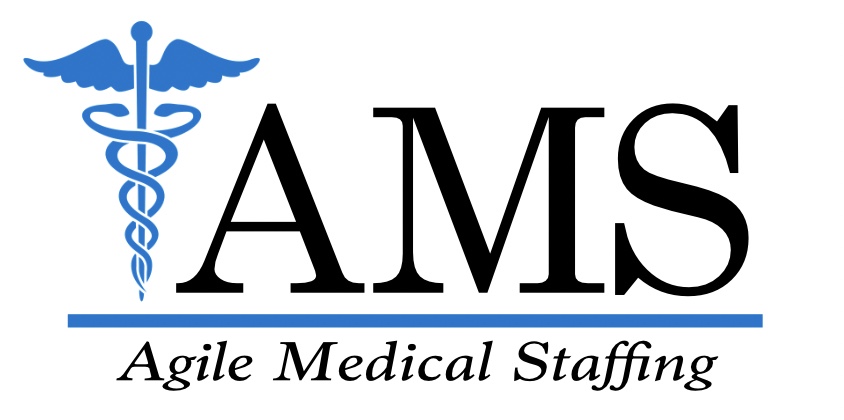Building strong healthcare leadership has always been a top priority but putting that leadership team together remotely brings in a different set of challenges. In cities like Dallas that are growing rapidly and seeing more demand across healthcare systems, executive-level leaders must now operate from a distance without losing touch with the staff, patients, or the goals they’re tasked to reach. Whether you’ve already shifted to remote leadership or are just starting to move in that direction, it takes a clear plan to make it work.
Good leadership doesn’t have to sit in an office down the hallway. It’s become more common for healthcare executives to lead from elsewhere across town, another state, or even another time zone. As long as the structure backs it up, remote setup can work well. That means investing in the right people, processes, and tools to make leadership clear, responsive, and grounded every day, no matter where it happens.
Understanding the Need for Remote Leadership
As healthcare evolves, so does the way teams are built and managed. Executive leadership no longer needs to be tied to a physical location. In fact, in places like Dallas where facilities can be spread across metro areas, having leaders who work remotely offers more flexibility. It allows facilities to access a wider talent pool and gives executives the freedom to focus without being caught in the daily ground-level rush.
Here are a few reasons healthcare facilities are leaning into remote executive roles:
– Broader candidate search: Without needing someone local, you can find the best fit regardless of where they live.
– Lower physical overhead: Executive roles often don’t require dedicated in-house office space, especially when their job relies on optimizing systems rather than daily floor operations.
– Faster decision-making: Free from the distractions of in-person management, some executives move quicker through their responsibilities.
– Flexibility for scaling: Whether it’s peak summer flu or a seasonal hiring stretch, remote leaders can respond with agility and oversight from day one.
Of course, remote leadership isn’t just about saving space or hiring a qualified professional from out of town. There’s a bigger shift happening. This kind of setup is helping organizations rethink how to operate smart. For example, a hospital in North Texas brought on an out-of-state operations executive on a hybrid basis. Patient satisfaction improved just by tightening internal response systems. That didn’t require physical presence but did require focused leadership.
Done right, remote leadership balances digital insight with human connection. It means creating systems that keep teams aligned without constant face-to-face interaction. More importantly, it helps ensure that leadership stays present and effective over time.
Key Components of a Successful Remote Leadership Team
If remote healthcare executives are going to find success, they need more than a webcam and a clipboard. Today’s medical world moves fast. Even at the executive level, leaders need support, structure, and clarity to work remotely without losing momentum.
Here’s what every successful remote leadership setup should include:
1. The right people for the job
Not every leader is built for working remotely. You need professionals who are self-motivated, highly organized, and excellent communicators. Healthcare adds another layer. Remote leaders must understand procedures, compliance, staff expectations, and shifting priorities without being there every day.
2. Strong tech infrastructure
Reliable video tools, digital tracking systems, and secure channels for communication are important. Everyone needs to feel looped in. If a remote executive can’t sync easily with department heads or clinical teams, performance starts slipping.
3. Clear expectations
Leadership only works when people know who to turn to and what to expect. Set up reporting structures, timelines, and preferred communication practices right from the beginning. A lack of clarity in the chain can lead to dropped responsibilities and confusion.
4. A feedback loop that works both ways
Teams shouldn’t just take direction. They should also be able to raise questions and share updates comfortably. Choose systems that support two-way feedback. It helps leaders stay informed and empowers teams to speak up.
5. A plan for in-person contact when possible
Even in fully remote roles, occasional face-to-face time builds trust. That might be quarterly campus visits or leadership retreats. Giving leaders a chance to connect face-to-face makes a difference in long-term engagement and connection.
With these components in place, you aren’t just hiring someone to work from their home office. You’re building a dependable, structured setup where leadership stays involved and accountable even from miles away.
Best Practices for Managing Remote Healthcare Executives
Once a remote leadership team is set up, the next step is managing them with purpose. Remote leadership can thrive if managed with consistency and clear communication.
Start with regular touchpoints. Weekly or monthly video calls, one-on-one chats, and team meetings go a long way. These check-ins keep everyone aligned, reduce confusion, and give leaders space to share direction and updates.
Reviews and performance evaluations should not be skipped. Remote positions deserve the same attention to growth and improvement as in-person roles. Set realistic goals and actively review progress. That gives leaders feedback without micromanaging them.
Encouraging innovation is another key element. Leadership isn’t only about keeping things moving. Leaders also need time and freedom to think forward. Let them test new ideas that lift performance, morale, or workflow. This creativity can directly impact patient care quality.
When problems come up, act quickly. You won’t always catch issues in passing like you would in an office. That’s why it’s important to have structured systems for reporting and resolving workplace concerns. From staff friction to miscommunication between departments, the sooner it’s addressed, the better.
No remote system is perfect, but when managed with thought and structure, remote healthcare leaders can deliver steady, effective performance. The stronger internal alignment is, the better staff and patients benefit overall.
How Agile Medical Staffing Can Help
Healthcare facilities in Dallas that need to build or grow remote executive teams often run into the same question: where do we even begin? Finding experienced professionals with strong healthcare backgrounds and digital readiness isn’t always clear-cut. That’s where working with a knowledgeable staffing partner can make the difference.
A skilled staffing partner will take the time to understand what your facility really needs. If you’re going through a leadership transition or expanding your facility, having expert help on the hiring side can cut weeks off your timeline. For remote positions, that partner will look past checklists and find candidates who know how to lead from anywhere, not just on paper.
With remote opportunities, vetting matters more than ever. You need people who won’t just show up on video calls but will lead confidently without constant oversight. Executive-level hires directly impact systems, staffing, budgets, and care quality. You want to make sure those responsibilities are in the right hands from the very start.
If you’re trying remote leadership for the first time, or want to fine-tune how it currently works, a trusted staffing agency can guide the process and line up professionals who are ready to lead, regardless of their zip code.
Building Leadership That Works Wherever You Are
Making remote executive leadership work isn’t about copying other organizations. It’s about designing a strategy that fits your teams, your patients, and your future. When leaders are given the training, tools, and trust they need, they are more likely to bring steady value even if they’re not on-site each day.
Dallas is home to growing networks of clinics, hospitals, and systems that require adaptable and sharp leadership. Having the right people set up the right way can lead to stronger outcomes without losing the personal side of care. When you invest in smart planning and responsive management, remote leadership becomes more than just a workaround. It becomes a strong, lasting solution.
Confident that remote executives can be a game-changer for healthcare facilities, especially in places like Dallas? Let Agile Medical Staffing connect you with the best talent through healthcare executive staffing to drive your facility’s success. With our tailored approach, your facility will be equipped with leaders who embrace strategic distance while staying engaged and impactful. Ready to explore the possibilities? Reach out today!






